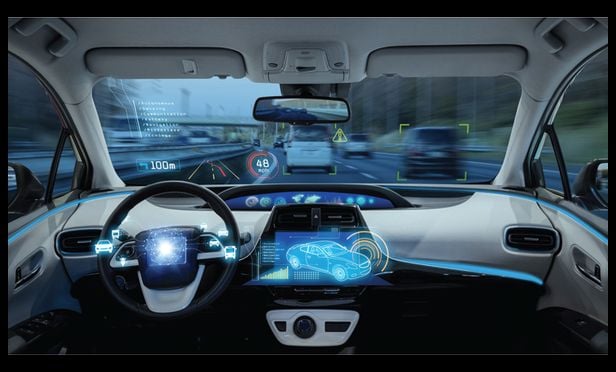 Automated features like forward collision warning and autonomous emergency braking systems are proving effective in reducing front-to-rear crash rates. (Photo: Shutterstock)
Automated features like forward collision warning and autonomous emergency braking systems are proving effective in reducing front-to-rear crash rates. (Photo: Shutterstock)
It's only a matter of time. At some point, many believe, insurance premiums will come down as vehicles use technology that leads to better, safer driving and lower costs. It's a pleasant story, but one that has yet to come true.
Recommended For You
Want to continue reading?
Become a Free PropertyCasualty360 Digital Reader
Your access to unlimited PropertyCasualty360 content isn’t changing.
Once you are an ALM digital member, you’ll receive:
- Breaking insurance news and analysis, on-site and via our newsletters and custom alerts
- Weekly Insurance Speak podcast featuring exclusive interviews with industry leaders
- Educational webcasts, white papers, and ebooks from industry thought leaders
- Critical converage of the employee benefits and financial advisory markets on our other ALM sites, BenefitsPRO and ThinkAdvisor
Already have an account? Sign In Now
© Touchpoint Markets, All Rights Reserved. Request academic re-use from www.copyright.com. All other uses, submit a request to [email protected]. For more inforrmation visit Asset & Logo Licensing.







